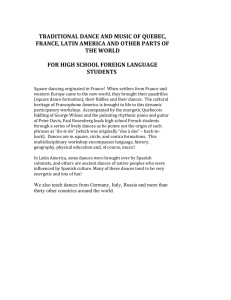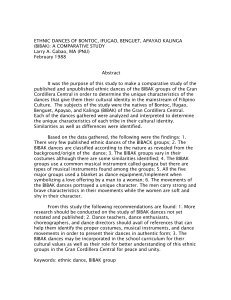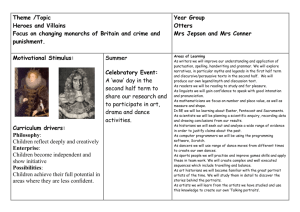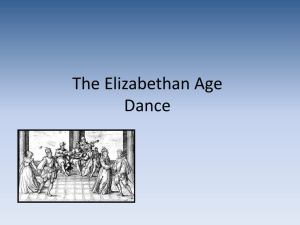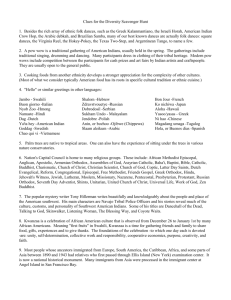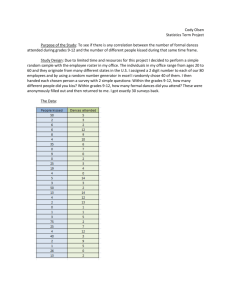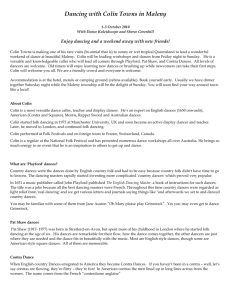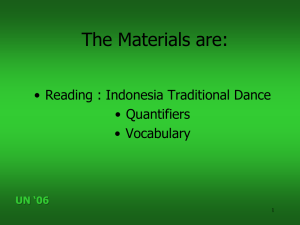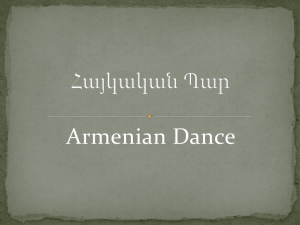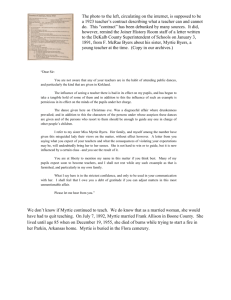info - Shalem Center
advertisement
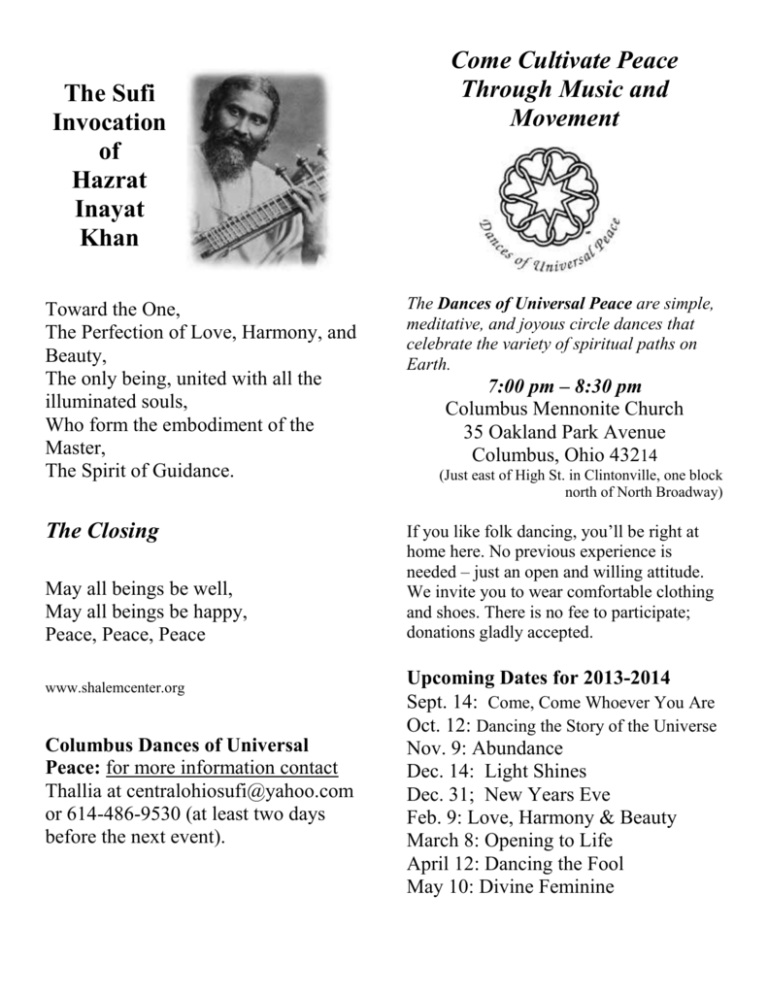
The Sufi Invocation of Hazrat Inayat Khan Come Cultivate Peace Through Music and Movement Toward the One, The Perfection of Love, Harmony, and Beauty, The only being, united with all the illuminated souls, Who form the embodiment of the Master, The Spirit of Guidance. The Dances of Universal Peace are simple, meditative, and joyous circle dances that celebrate the variety of spiritual paths on Earth. The Closing If you like folk dancing, you’ll be right at home here. No previous experience is needed – just an open and willing attitude. We invite you to wear comfortable clothing and shoes. There is no fee to participate; donations gladly accepted. May all beings be well, May all beings be happy, Peace, Peace, Peace www.shalemcenter.org Columbus Dances of Universal Peace: for more information contact Thallia at centralohiosufi@yahoo.com or 614-486-9530 (at least two days before the next event). 7:00 pm – 8:30 pm Columbus Mennonite Church 35 Oakland Park Avenue Columbus, Ohio 43214 (Just east of High St. in Clintonville, one block north of North Broadway) Upcoming Dates for 2013-2014 Sept. 14: Come, Come Whoever You Are Oct. 12: Dancing the Story of the Universe Nov. 9: Abundance Dec. 14: Light Shines Dec. 31; New Years Eve Feb. 9: Love, Harmony & Beauty March 8: Opening to Life April 12: Dancing the Fool May 10: Divine Feminine A Brief History of The Dances of Universal Peace* Participating in the Dances of Universal Peace* In the late 1960's, Samuel L. Lewis, a Sufi Murshid (teacher), created the Dances of Universal Peace as a dynamic method to promote spiritual communion and peace through the performing arts. His own path included studies of the mystical traditions of Buddhism, Hinduism, Judaism, and Christianity and the influence two spiritual pioneers of the early 20th century in the United States and Europe: Hazrat Inayat Khan, a gifted musician, mystic and teacher of the Sufi message; and Ruth St. Denis, an innovator and teacher in the modern dance movement. ** From Murshid Sam’s original teaching of about fifty dances, the Dances of Universal Peace anthology has grown to more than 500 dances that celebrate the sacred messages of many religious paths including Hinduism, Buddhism, Judaism, Christianity, Islam, Aramaic, Native American, and Goddess tradition. They continue to evolve and expand in a practical application to meet the deeply felt need today for rediscovering reverence, creativity, and a body-focused connection to Nature. The Dances have spread throughout the world in the form of community-fostered circles, touching more than a half million people in North and South America, Europe, Russia, Japan, India, Pakistan, Australia, and New Zealand. * From www.dancesofuniversalpeace.org ** From www.sonic.net/fatima From the beginning of human existence on planet Earth, sacred movement, song and story have brought people together - at times of seasonal ceremony and celebration, as part of everyday life and life passages, in daily renewal and meditation. As part of this timeless practice, The Dances of Universal Peace use simple music, lyrics, and movements to touch the spiritual essence within ourselves and others. The movements and songs include themes of peace (both inner and outer), healing (the Earth, individuals, and the global family), and the celebration of life's great mystery. Dancers focus on peace and harmony creating a sense of communion while celebrating the underlying unity of all the spiritual traditions of the Earth. By experiencing these many traditions, a greater understanding and appreciation of other cultures, as well as one's own heritage, is manifested. No musical or dance experience of any kind is required and everyone is welcomed to join in. Participation, not presentation, is the focus. No special attire is required, although comfortable, loose-fitting clothing is best. Participants join hands forming a circle. The Dance leader and the musicians may take a place in the center. Throughout the evening, the leader teaches the group the words, melody, and movements for each Dance. When the lyrics include sacred phrases in a foreign language, special attention is given to insure that all participants have the opportunity to become comfortable pronouncing these words. The Leader will have the group first speak and then sing the unfamiliar words. Most Dances are only four lines long and repeated many times, so learning is usually quick and easy - within ten minutes people are moving, singing, and sharing together. The mood of the Dances is infinitely variable, evoking feelings of love, joy, and gratitude. Whether invoking the compassion of the Buddhist Qwan Yin, the reverence of Mary, celebrating the playful energy of Krishna, or experiencing the related emotion of any other spiritual figure, dancers take part in a dynamic relationship between the group, individuals, and the self.
